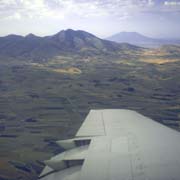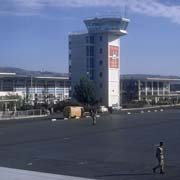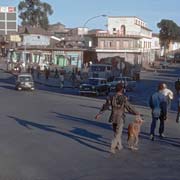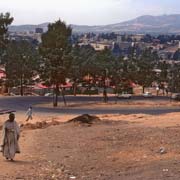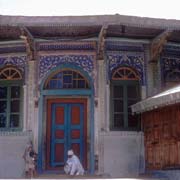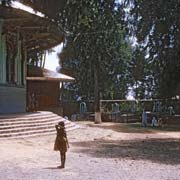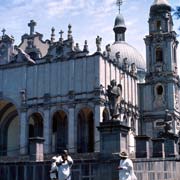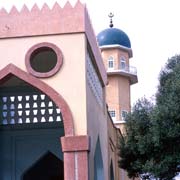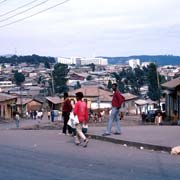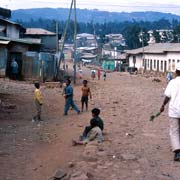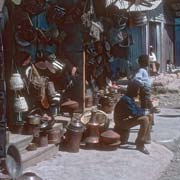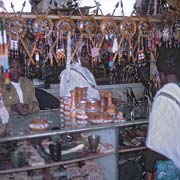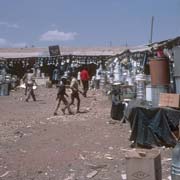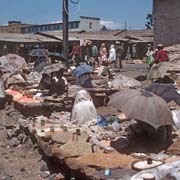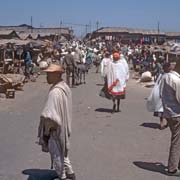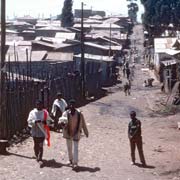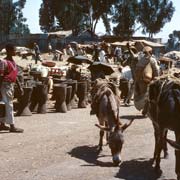Photos of Addis Ababa, the capital of Ethiopia
Addis Ababa, Ethiopia’s capital
Addis Ababa, or Addis Abeba, is Ethiopia’s capital and largest city, with a population of about 4 million. It lies at an altitude of almost 2,300 metres in the centre of the country. The city is the headquarters of important regional organisations, like the African Union (and its precursor, the Organisation of African Unity) and the United Nations Economic Commission for Africa, both located in Africa Hall.
you may then send it as a postcard if you wish.
The city was founded in 1887 on the southern slopes of the Entoto Mountains and was named Addis Ababa (“New Flower”) by the empress Taitu, the wife of Emperor Menelik, who reigned from 1889 to 1913 and was the king of Shewa (Shoa) Province. Previously, the capital was situated on the Entoto tableland and was deemed too cold with a scarcity of firewood! Eucalyptus trees were imported from Australia in 1905 to forestall a similar problem in Addis. There are now groves of these trees all over the city.
From 1935 to 1941, Addis Ababa was the capital of Italian East Africa. During this time, many modern stone houses were built, roads were paved, a water reservoir and a hydroelectric station was built to the city’s south. A University was established in 1950, and there are several teacher-training colleges and technical schools. There are museums, a School of Music and a National Library. Homes of wealthy and poor people, high-rise apartments and traditional mud huts stand next to each other throughout Addis Ababa.
Ethiopia’s national government now occupies the Palace of Emperor Menelik II. The Jubilee Palace, the residence of the last Emperor Haile Selassie I, is a prominent landmark in the city. Addis Ababa is an important commercial centre and has one of Africa’s largest open-air markets, still known by its Italian name “Mercato”. There is an international airport and a railroad link to Djibouti on the Gulf of Aden.



